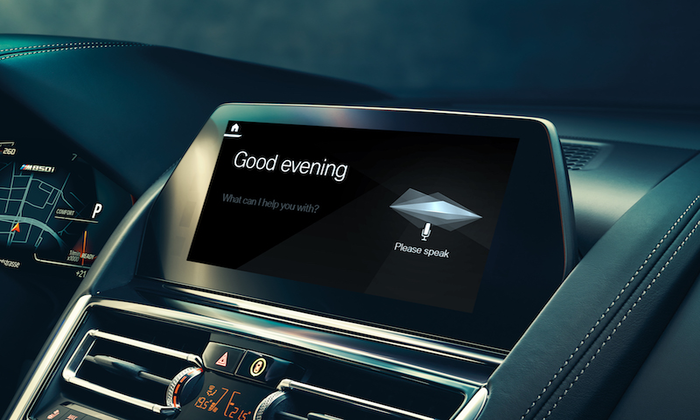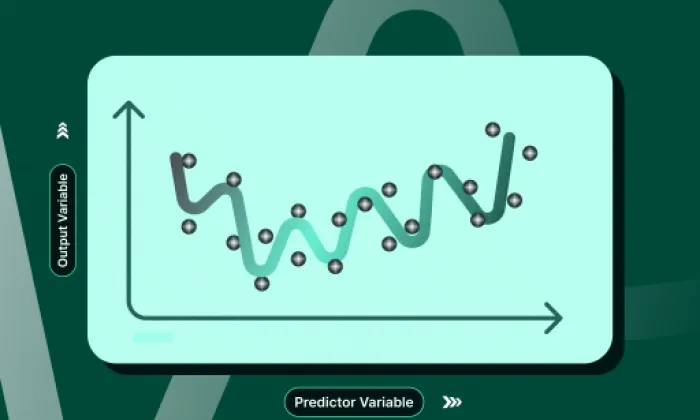What is the difference between a spontaneous speech dataset and a read speech dataset for in-car use?
Speech Datasets
In-Car Use
Voice Recognition
In the world of automotive AI, the effectiveness of voice recognition systems heavily depends on the type of speech datasets used for training. Understanding the differences between spontaneous and read speech datasets is crucial for AI engineers, researchers, and product managers aiming to enhance in-car voice technologies. Let’s delve into these distinctions and their implications.
What Are Spontaneous and Read Speech Datasets?
- Spontaneous Speech Datasets are collections of natural, unstructured conversations captured in real-world settings. These datasets reflect how people speak casually, complete with variations in tone, pauses, and emotional cues. In cars, spontaneous speech might include commands from drivers or passengers amidst background sounds like engine noise or music, adding complexity to speech recognition tasks.
- Read Speech Datasets, in contrast, consist of scripted phrases read by participants in controlled environments. These recordings focus on clarity and pronunciation, often lacking the background noise present in real driving scenarios. In automotive contexts, read speech might involve pre-defined commands such as "Turn on the navigation" or "Play music."
Why This Distinction Matters
The choice between spontaneous and read speech datasets significantly affects AI model performance in real-world applications:
- Realism and Variability: Spontaneous datasets capture authentic speech patterns crucial for developing systems that can interpret commands in unpredictable vehicle environments. This realism helps AI systems contend with common in-car distractions.
- Robustness to Noise: The unique acoustic challenges of in-car environments, engine noise, road sounds, and passenger conversations are naturally incorporated into spontaneous datasets. This enables AI systems to learn effective noise filtering techniques, unlike read speech datasets, which may not prepare models for these complexities.
- User Engagement: Systems trained on spontaneous datasets can better understand emotional tones, leading to more engaging user interactions. This is vital for applications like emotion-aware AI or fatigue detection, where recognizing emotional intent is crucial.
Hybrid Datasets and Technological Trends
Introducing Hybrid Datasets that blend elements of spontaneous and read speech can offer a balanced approach. These datasets help train models to generalize across varied conditions, enhancing robustness and versatility.
Emerging technologies like reinforcement learning and transformer architectures are increasingly leveraging these datasets. These advanced models can better handle the complexities of spontaneous speech, improving overall system performance.
Real-World Impacts & Use Cases
- Voice-Enabled Infotainment Systems: Systems utilizing spontaneous speech datasets can better understand driver requests in noisy environments, enhancing user satisfaction and safety.
- Emotion Detection Models: By applying spontaneous speech data, AI can identify emotional states more accurately, allowing for personalized interactions that improve driver alertness and experience.
- Autonomous Vehicles: With the rise of autonomous vehicles, accurately interpreting spontaneous commands in varied acoustic environments is crucial for seamless human-machine interaction.
Challenges and Best Practices
While both dataset types are valuable, they pose challenges:
- Bias and Representation: Over-reliance on one dataset type can introduce biases. It's essential to ensure spontaneous datasets include diverse demographics and acoustic conditions to reflect the wide-ranging user base of in-car systems.
- Model Evaluation: Evaluating models trained on these datasets requires comprehensive metrics, including word error rates (WER) and intent detection accuracy, especially under varying noise conditions.
Recommended Next Steps
Incorporating both spontaneous and read speech datasets into training pipelines can optimize AI systems for in-car use. As automotive technologies evolve, understanding the strengths of each dataset type will help build robust, user-friendly voice applications. FutureBeeAI offers high-quality datasets to help you navigate the complexities of voice recognition in automotive settings, unlocking the full potential of your AI initiatives.
By adopting these insights, automotive AI teams can enhance dataset utilization, ensuring their systems are ready for the challenges of real-world environments. Let FutureBeeAI be your partner in achieving this, providing scalable solutions tailored to your needs.
What Else Do People Ask?
Related AI Articles
Browse Matching Datasets
Acquiring high-quality AI datasets has never been easier!!!
Get in touch with our AI data expert now!








